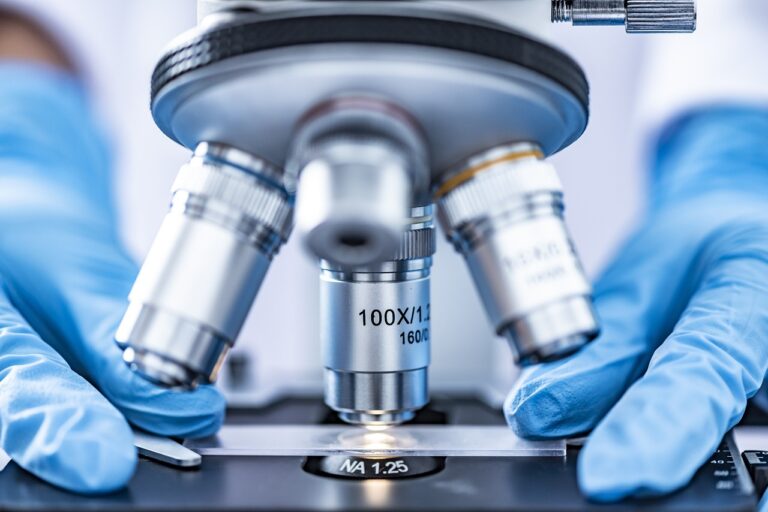The Promise of Stem Cell-Derived Skin Tissue for Wound Healing
Stem cell research in wound healing dates back to the early 20th century when scientists first discovered the regenerative potential of stem cells in repairing damaged tissues. Over the years, advancements in technology and scientific understanding have enabled researchers to explore the therapeutic applications of stem cells for treating various types of wounds, from burns to chronic ulcers. The groundbreaking potential of stem cells to enhance wound healing has fueled a growing interest in harnessing their regenerative properties for clinical use.
As the field of regenerative medicine continues to evolve, stem cell research in wound healing remains at the forefront of cutting-edge scientific discoveries. The identification of different types of stem cells, such as mesenchymal stem cells and induced pluripotent stem cells, has provided researchers with a diverse toolkit to develop innovative treatment strategies for promoting tissue repair and regeneration. With ongoing research efforts focusing on optimizing the therapeutic potential of stem cells, the future of wound healing holds great promise for improving patient outcomes and quality of life.
Benefits of Using Stem Cell-Derived Skin Tissue for Wound Healing
Stem cell-derived skin tissue offers promising benefits for wound healing due to its ability to regenerate damaged skin cells effectively. By harnessing the regenerative potential of stem cells, this innovative approach not only accelerates the healing process but also promotes the formation of healthy new tissue. The use of stem cell-derived skin tissue can significantly improve the outcomes of wound healing, particularly in cases of chronic wounds that have not responded well to traditional treatments.
Moreover, stem cell-derived skin tissue can help reduce scarring and improve the overall cosmetic appearance of healed wounds. This is crucial for patients, as scarring can have not only physical but also emotional implications, impacting their quality of life. The ability of stem cells to promote tissue regeneration and repair damaged skin without extensive scarring makes them a valuable asset in the field of wound healing.
Stem cell-derived skin tissue accelerates the healing process
Promotes the formation of healthy new tissue
Improves outcomes of wound healing, especially in chronic wounds
Reduces scarring and enhances cosmetic appearance of healed wounds
Helps patients by minimizing physical and emotional impact of scarring
Stem cells promote tissue regeneration and repair damaged skin without extensive scarring
Current Challenges in Implementing Stem Cell Therapies for Wound Healing
Stem cell therapies have shown promising potential in wound healing treatments, but their implementation faces various challenges. One significant hurdle is the potential for immune rejection when allogeneic stem cells are used in patients. The immune system may recognize these cells as foreign invaders, triggering a rejection response that could hinder the healing process. This presents a significant barrier to the widespread use of stem cell therapies in wound healing.
Another challenge in implementing stem cell therapies for wound healing is the need for more standardized protocols and regulations. The field of stem cell research is rapidly evolving, leading to variations in treatment approaches and quality control measures. Without consistent guidelines and oversight, there is a risk of inconsistent outcomes and safety concerns for patients undergoing stem cell-based therapies. Establishing clear standards and regulations is essential to ensure the efficacy and safety of stem cell treatments in wound healing.
What is the history of stem cell research in wound healing?
Stem cell research in wound healing dates back several decades, with early studies showing the potential of stem cells to promote tissue regeneration and repair damaged skin.
What are the benefits of using stem cell-derived skin tissue for wound healing?
Stem cell-derived skin tissue offers several advantages, including faster healing times, reduced scarring, and the ability to regenerate healthy skin cells.
What are some of the current challenges in implementing stem cell therapies for wound healing?
Some of the current challenges in implementing stem cell therapies for wound healing include regulatory hurdles, cost barriers, and the need for further research to optimize treatment protocols.







